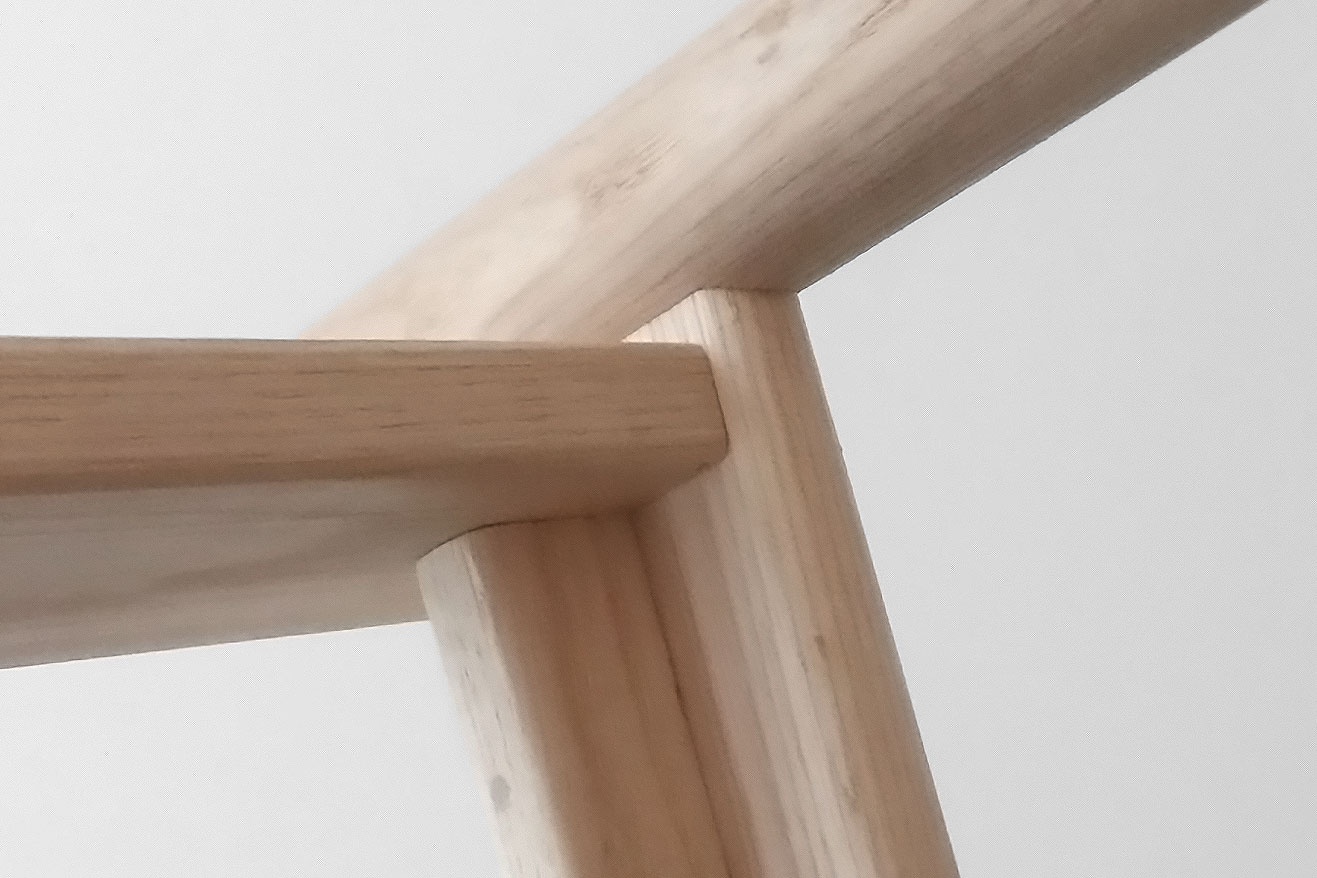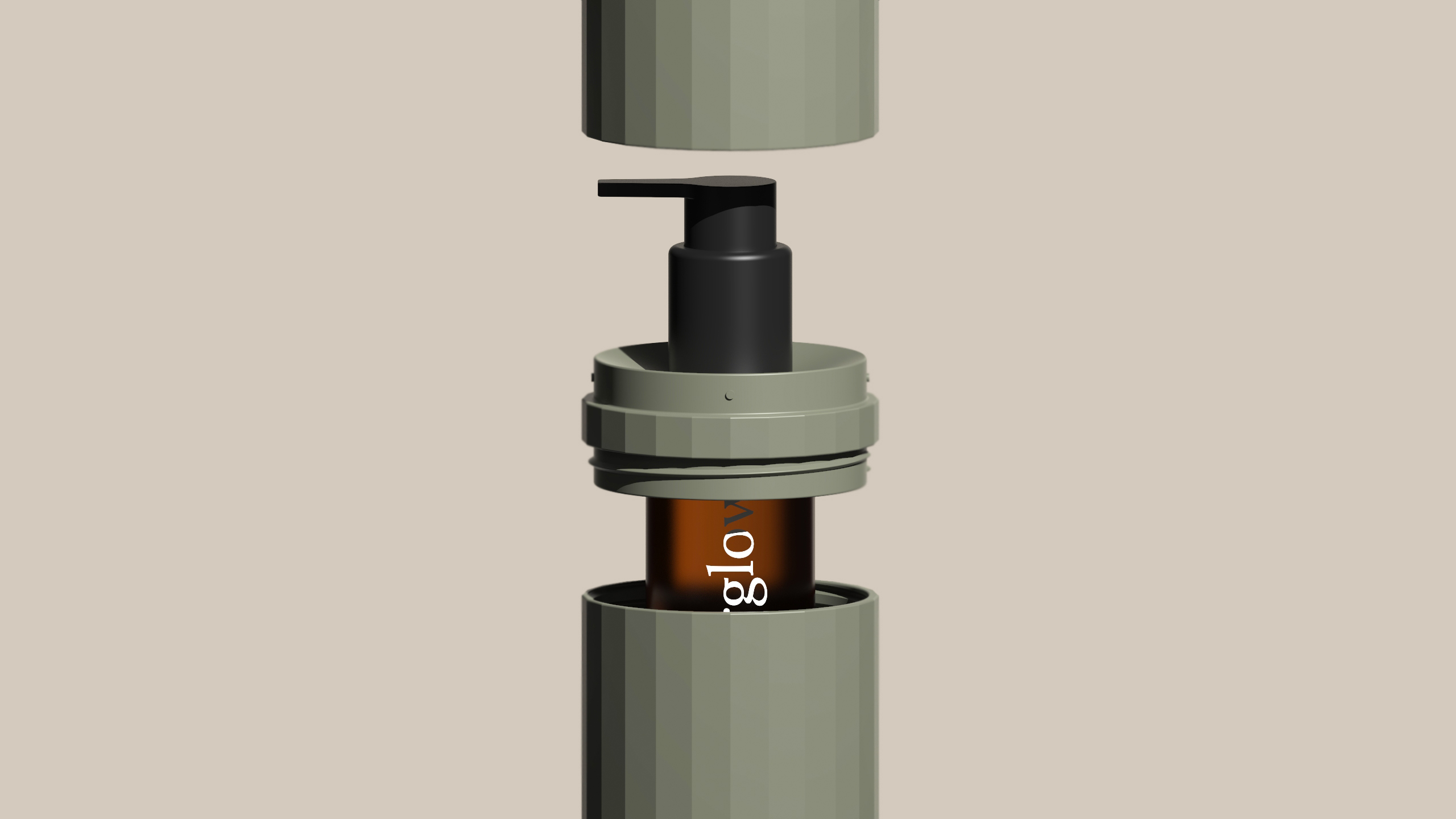About




I am a furniture designer with 10+ years of experience in the home industry, developing housewares products across all product categories for the world’s largest retailers in furniture, lighting, textiles, and more. With a background in furniture design, I lead product development teams that aim to pair creativity with business acumen. I partner with brands to create growth strategies, develop cohesive aesthetics, and create seasonal concepts that align with their core values, business goals, and merchandising strategies. I believe that creative leadership and cross functional collaboration are both key attributes to launching cohesive and thoughtful product assortments.
Experience
Rejuvenation
VP, Product Development
2025 - Present
Rejuvenation
Design Director
2022 - 2025
Rejuvenation
Head Design Manager
2021 - 2022
Schoolhouse
Lead Lighting Designer
2020 - 2021
Afterglow
Co-Founder / Creative Director
2020
Ope AS
Material Designer
2019 - 2020
University of Bergen
MA, Furniture Design & Interior Arch.
2018 - 2020
Martha Stewart
Designer
2018
Martha Stewart
Associate Designer
2017
Core Home
Associate Designer
2016 - 2017
Bec Brittain
Production Intern
2016
Kinder Modern
Assistant Designer
2015 - 2016
RISD
BFA, Furniture Design
2012 - 2016
Awards
Williams Sonoma Inc.
People First Award
2023 & 2024
Statsbygg
Student Award for Interior Arch.
2020
Norway America Association
Norwegian Marshall Fund Scholarship
2019
Norway America Association
Thanksgiving Fund Scholarship
2018
Equity Foundation
Jim McBroom and John H. Weston Scholarship
2013
Gates Foundation
Donors Choose Design Award
2013
Pride Foundation
Paul Arnold Memorial Scholarship
2012
Contact
Email
bo@boknoblauch.com
LinkedIn
Resume
City
Portland, Oregon, USA